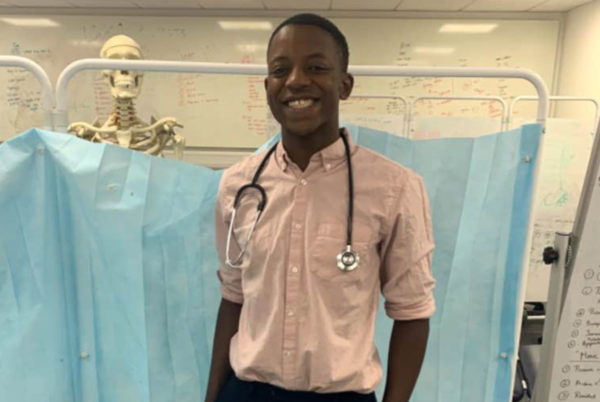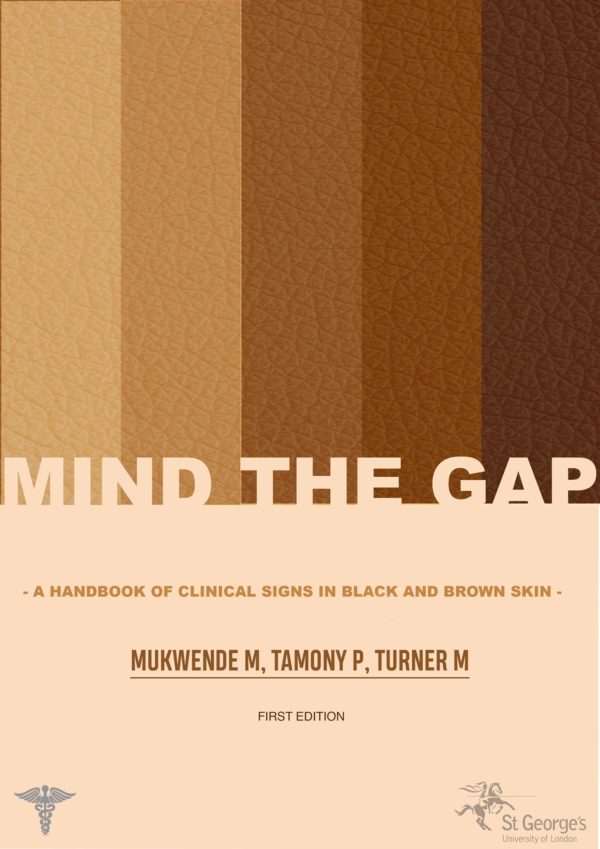A medical student created a handbook to teach physicians how physical symptoms appear on different skin tones.
Malone Mukwende, a second-year student at St George’s, University of London, was motivated to create “Mind the Gap” after he noticed a lack of diversity in his learning materials.

“On arrival at medical school I noticed the lack of teaching in darker skin. We were often being taught to look for symptoms such as red rashes which I was aware would not appear as described in my own skin,” he told BME Medics. “When flagging this to tutors it was clear that they didn’t know of any other way to describe these conditions on patients of darker skin tones and I knew that I had to make a change to that.”
Mukwende’s school backed the project and he joined forces with Margot Turner, a lecturer in diversity and medical education and Peter Tamony, clinical lecturer in clinical skills to complete it. The team will use the booklet to host trainings for medical tutors this month.
“The booklet addresses many issues that have been further exacerbated during the Covid-19 pandemic, such as families being asked if potential Covid patients are ‘pale’ or if their lips ‘turned blue,’” he said in a statement.
“These are not useful descriptors for a black patient and, as a result, their care is compromised from the first point of contact,” Mukwende added. “It is essential we begin to educate others so they are aware of such differences and the power of the clinical language we currently use.”

Publication of the booklet is pending. Mukwende hopes it will become part of medical curriculum worldwide and foster change in across the health care industry.
“I hope the work makes healthcare professionals aware of some of the biases they may have and know what impact this has on patients,” he told BME Medics. “It is important medical professionals are aware of variation in presenting symptoms when treating the diverse range of patients that they serve. I hope the work will help to increase the confidence of darker skinned patients to seek medical advice.”


